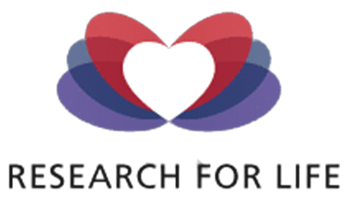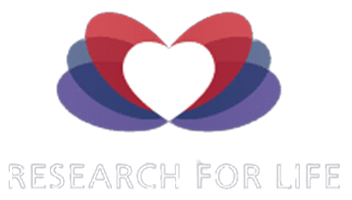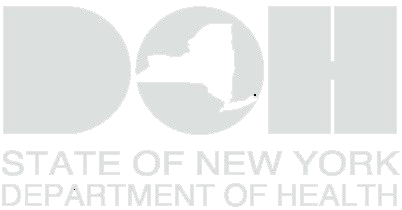
Benefits Of Whole Body Donation
Whole Body Donation Saves Lives.
You Can Benefit Humanity. We Can Help.
The Research For Life whole body donor program connects donors with medical researchers and educators who require human tissue for their essential work. Through this powerful gift, each donor has taken that monumental first step towards benefiting humanity and providing hope to future generations.
Donors allow medical students to get the training they need to become doctors. They also allow doctors to maintain their surgical and medical skills and assist medical device organizations in developing new implantable devices such as hips, knees, and other joints. Donor organ tissue samples help anatomical researchers develop breakthroughs in the treatment options for conditions like cancer, dementia, diabetes, Alzheimer’s disease, and so much more.
The experience and education gained using human tissue is far superior to any learning provided by artificial substitutes and textbooks. Human body donation after death makes the medical advancements possible that we see today and improves the quality of life for generations to come.
An End-of-Life Option for Almost Everyone.
Research For Life makes every effort possible to educate and help families through this deeply personal decision. The most common misconception we encounter is people believing that they would not be accepted as a donor. Who can donate? Almost everyone is eligible for whole body donation, even at the time of passing. There is no upper age limit restriction, and we accept donors who have or have had cancer or other diseases that would disqualify them from certain types of transplant donations. There are many myths about whole body donation; read our article on Understanding Whole Body Donation.
We believe it is important to know your options and be able to accurately compare whole body donation to other forms of final arrangements. Research For Life complies with the highest standards available throughout the donation process to honor the donor’s selfless gift. Our donation program is provided at no cost to the donor or the donor’s family.
A No-Cost Alternative for Final Arrangements.
As a part of our whole body donation program, Research For Life provides transportation from the location of the passing and cremation at no cost. When you donate your body to science, we make the process simple and helpful for your family members. Saving your family money is important, but saving them peace of mind is priceless.
What happens to the cremated remains is up to you. We provide several options to all our donors:
- Spread Ashes at Sea (a.k.a. Burial at Sea)
- “No Return” Option
If you choose to have the cremains spread at sea, there are some things you should know:
- Ashes are spread at an appropriate distance off the coast of California.
- Families or next of kin receive a “Spread at Sea Certificate” complete with witness details, dates, and coordinates of spreading location, including longitude and latitude.
- Families cannot attend the spreading; space does not allow for families
- We spread the ashes annually.
Anatomical donation plays a significant role in advancing medicine.
It is the donation of one’s remains – not for transplant, but for scientific research and medical education that has the power to impact the quality of medical care and breakthroughs that improve the quality of life for millions.



